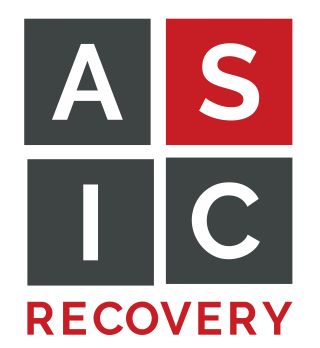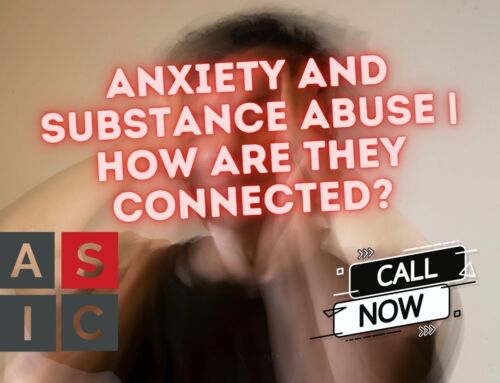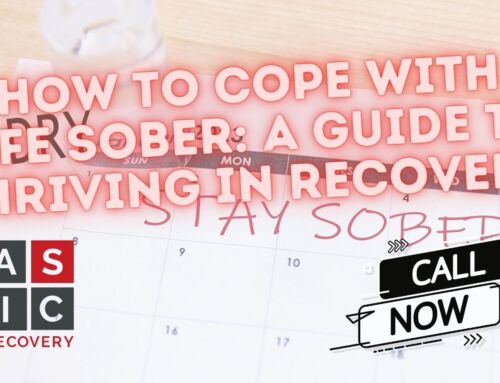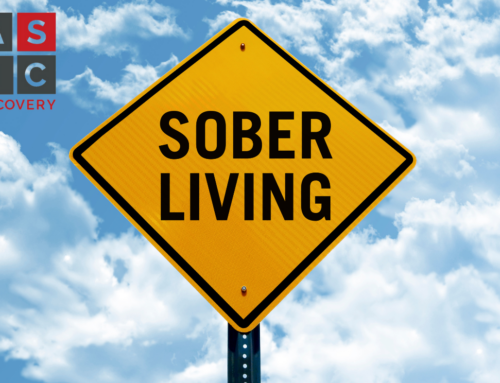Oxycodone is a commonly prescribed opioid medication used to treat moderate to severe pain. It’s a powerful drug that has serious potential side effects, including addiction and overdose.
As a Schedule II controlled substance in the United States, it has a high potential for abuse and addiction. Oxycodone is available in various forms, such as tablets, capsules, and oral solutions.
The most commonly prescribed form of oxycodone is OxyContin. Common brand names for oxycodone include OxyIR, Roxicodone, and Endone.
Oxycodone works by binding to opioid receptors in the brain and blocking the transmission of pain signals. It can also cause a feeling of euphoria and relaxation, a feeling that many people become addicted to.
When taken orally, oxycodone is rapidly absorbed into the bloodstream and quickly distributed throughout the body. It’s metabolized in the liver and excreted in the urine. The effects of oxycodone typically last between 4 and 6 hours.
For most people, oxycodone is not something that should be taken long-term. You should only be prescribed it for a short period of time when your pain is at its worst (unless you are seriously ill with something like cancer, in which case oxycodone may be prescribed long-term).
Unfortunately, oxycodone is highly addictive, and even taking it for a short period of time can be enough for a person to get hooked.
The History of Oxycodone
Oxycodone was developed in 1916 by German scientists and was first approved for medical use in the United States in 1939. It was initially used to treat moderate to severe pain and was considered a safer alternative to other opioids, such as morphine.
In 1996, the drug was reformulated as OxyContin, which was designed to be released slowly over a 12-hour period. This allowed the drug to be taken less frequently and was thought to reduce the potential for abuse.
Unfortunately, the drug quickly became popular among those seeking a more intense and longer-lasting high because it was easily abused. The marketing campaigns that the drug maker, Purdue, engaged in convinced many doctors that the drug was much safer than it actually was.
Many believe that this kicked off the opioid epidemic that the United States is still grappling with today. Though there have been many lawsuits, and even criminal cases, against everyone from drug manufacturers to large pharmacies like Walgreens and CVS, the opioid epidemic continues.
Despite changes to the medications themselves to prevent abuse, oxycodone is still a drug of choice for many addicts. Though harder to abuse, it’s still possible, as many addicts will attest.
It’s illegal to possess, use, or distribute oxycodone without a valid prescription from a doctor. In some states, possession of even a small amount of oxycodone can result in serious criminal charges.
Short and Long-Term Effects of Oxycodone
When taken as prescribed, oxycodone is generally safe and effective in relieving pain. Common short-term side effects include drowsiness, nausea, vomiting, constipation, and dizziness.
Long-term use can lead to tolerance, physical dependence, and addiction.
In addition, oxycodone can cause serious respiratory depression, which can be fatal if not treated quickly. It can also cause slowed heart rate and decreased blood pressure, which can lead to dangerous health problems, including overdose and death.
Abuse of oxycodone can lead to a number of serious health risks and can even be fatal. Common side effects of oxycodone abuse include confusion, dizziness, and loss of consciousness. It can also lead to overdose, coma, and death.
Oxycodone Abuse and Addiction
Oxycodone is highly addictive, and abuse of the drug can quickly lead to physical dependence and addiction.
If you become addicted to oxycodone, you may find it difficult to stop taking the drug and may suffer from withdrawal symptoms when you try to quit.
For most addicts, just swallowing the pills isn’t enough. You’ve probably graduated to crushing or snorting the tablets, or even smoking or injecting them. This can be extremely dangerous and can lead to overdose and death.
What’s really dangerous about opioids, including oxycodone, is that your tolerance keeps going up, and you end up taking much, much higher doses than the average person could take — or even survive.
However, tolerance works very strangely — even changing the amount you use for a short time can reduce it.
Changing the opioids you’re using, changing the way you take them (injection vs smoking), taking a break, even changing where you abuse the drugs (literally the physical space you use them in) can have an effect on tolerance.
What often happens is that people’s tolerance changes, they don’t realize their tolerance has gone down, and they use the amount they would normally use and overdose.
The Dangers of Mixing Oxycodone with Other Drugs
Mixing oxycodone with other drugs is extremely dangerous. When these drugs interact with each other, even if you take “small” amounts of both drugs, the interactions can make them much more powerful than you were expecting them to be.
Combining oxycodone with alcohol or benzodiazepines can lead to slowed breathing, decreased heart rate, coma, and death. It can also lead to an increased risk of overdose and addiction.
Mixing oxycodone with other opioids, such as heroin, is even more dangerous. It can be very hard to know how strong opioids are in relation to each other, and even if you think you know, your body can react differently than you might expect.
Using an amount of heroin that is “equal” to the oxycodone you normally use isn’t the same as just using more oxycodone. The drugs will interact with each other and give you a much stronger high than if you’d just used oxycodone in a higher dose.
This is very hard to predict and is often deadly. Even mixing oxycodone with “uppers” like cocaine or amphetamines can be dangerous and very hard on your heart and other organs. They potentiate each other, making both drugs act more powerfully on your body.
It might seem like you’re only doing a small amount of cocaine, but mixed with oxycodone, your body might feel like you’ve taken a very large dose, leading to the potential overdose symptoms of cocaine.
Mixing drugs is always a bad idea.
Oxycodone Withdrawal Symptoms and Treatment
If you become addicted to oxycodone, it’s likely you’ll experience withdrawal symptoms when attempting to quit. Common symptoms include anxiety, agitation, sweating, nausea, vomiting, and diarrhea.
Severe cases may also include seizures and hallucinations.
Treatment for oxycodone addiction might include tapering off the drug slowly over time, but it’s much more common for addicts to be given buprenorphine (Suboxone) or naltrexone to reduce cravings and prevent relapse.
However, buprenorphine is also an opioid, which means you’re not quitting so much as switching drugs. You’ll go through withdrawals from Suboxone if you stop taking it. The same is true for methadone.
In most cases, counseling and behavioral therapy alongside other types of support groups (like AA) is the best way to achieve and maintain sobriety.
IOP at ASIC Recovery
Are you looking for substance abuse treatment in Texas?
At ASIC Recovery, our Intensive Outpatient Program (IOP) is dedicated to helping you develop healthier coping skills and build a recovery supportive network in all aspects.
Click to learn more.



